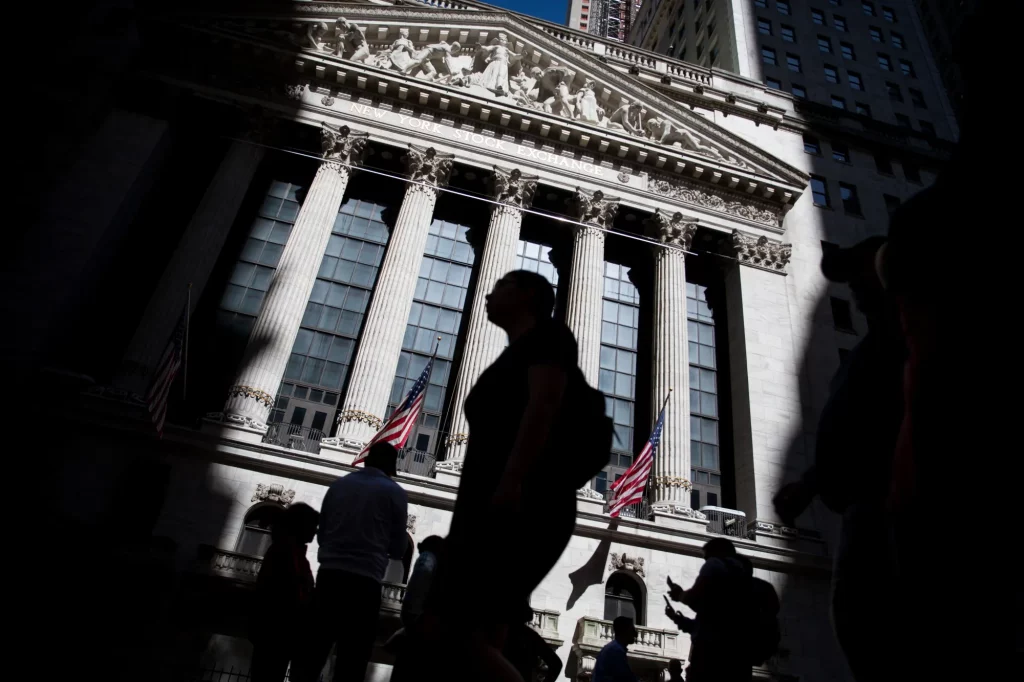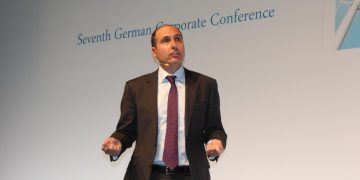In recent years, financial markets have witnessed a seismic shift: the rise of retail investors acting with the sophistication and ambition traditionally reserved for hedge funds. Empowered by technology, easy access to information, zero-commission trading platforms, and social media communities, individual investors are increasingly engaging in complex trading strategies such as options trading, short squeezes, and leveraged positions.
This transformation—often called the “hedge fund-ification” of retail investors—has reshaped market dynamics, liquidity profiles, and risk structures. But amid this evolution, an urgent question arises: Who is amplifying market risk in this new era? Is it the retail investors themselves, institutional players, market infrastructure, or a combination of factors?
This article delves into the phenomenon of retail investors adopting hedge fund-like strategies, explores the sources of risk amplification, and discusses the implications for market stability and regulatory oversight.
1. Understanding the “Retail Hedge Fund” Phenomenon
1.1 From Passive Investors to Active Traders
Historically, retail investors were considered largely passive market participants, investing through mutual funds or buy-and-hold strategies. Today, many retail traders actively manage their portfolios, employing complex derivatives, margin trading, and short-term speculative tactics—traditionally the domain of professional hedge funds.
1.2 The Drivers of Retail Sophistication
- Technology and Platforms: Apps like Robinhood, Webull, and eToro provide easy access to advanced trading tools and commission-free trades.
- Information Access: Social media (Reddit’s WallStreetBets, Twitter, Discord) fuels collective intelligence, hype cycles, and coordinated trading.
- Market Conditions: Low-interest rates and volatile markets have pushed investors to seek alpha through higher-risk strategies.
- Cultural Shift: A new generation sees trading as not just investment but entertainment and social engagement.
2. Mechanisms of Market Risk Amplification
2.1 Increased Leverage and Derivatives Usage
Retail investors’ growing use of margin, options, and leveraged ETFs magnifies potential gains — and losses. Leveraged positions can trigger rapid deleveraging and forced liquidations, causing cascade effects.
2.2 Herding Behavior and Social Coordination
Social media platforms enable coordinated buying or selling, leading to sharp price moves detached from fundamentals. Examples include:
- The GameStop short squeeze in early 2021.
- Memestock rallies across various sectors.
Herding amplifies volatility and raises the probability of market dislocations.
2.3 Market Structure and Liquidity Constraints
Retail-driven spikes can overwhelm market makers and liquidity providers, leading to widened bid-ask spreads and execution delays, which further exacerbate price swings.
2.4 Institutional Responses
Hedge funds, market makers, and algorithmic traders react to retail flows, sometimes exacerbating volatility by adjusting their own positions quickly or withdrawing liquidity.
3. Who Bears the Responsibility for Amplified Risks?
3.1 Retail Investors
While empowered, many retail traders may underestimate risks or overestimate their strategies’ robustness. Emotional trading, FOMO (fear of missing out), and misinformation contribute to risk-taking beyond sustainable levels.
3.2 Trading Platforms and Brokers
Some platforms incentivize frequent trading through gamification, push notifications, and easy access to risky products, potentially encouraging excessive risk-taking.
3.3 Institutional Market Participants
Professional traders and hedge funds sometimes exploit retail flows, creating feedback loops that magnify price moves. Their leverage and algorithmic strategies can accelerate volatility.
3.4 Regulators and Market Infrastructure
Regulatory frameworks have struggled to keep pace with rapid market innovations and new participant profiles. Market rules around margin requirements, short selling, and disclosure may need updating.

4. The Consequences of Amplified Market Risk
4.1 Heightened Volatility and Price Dislocations
Sudden price spikes or crashes create instability, undermining confidence and increasing trading costs.
4.2 Potential for Systemic Risk
While retail trading alone may not trigger systemic crises, interconnected leverage and liquidity shortages can propagate shocks across markets.
4.3 Investor Protection Challenges
Novice investors face greater risk of significant losses without fully understanding the complexities of leveraged or derivative strategies.
5. Navigating the New Era: Strategies for Stakeholders
5.1 Retail Investors
- Educate: Gain solid understanding of risks associated with leverage and derivatives.
- Discipline: Avoid herd mentality; focus on risk management.
- Diversify: Balance speculative trades with long-term, diversified investments.
5.2 Trading Platforms
- Responsible Design: Avoid features that encourage excessive risk-taking.
- Transparency: Clearly communicate risks, margin requirements, and potential losses.
- Monitoring: Implement safeguards to detect and mitigate abusive trading practices.
5.3 Institutional Players
- Liquidity Provision: Manage risk carefully when responding to volatile retail flows.
- Engagement: Consider constructive dialogue with retail communities to reduce adversarial dynamics.
5.4 Regulators
- Update Rules: Review margin and leverage limits, disclosure requirements, and product suitability.
- Market Surveillance: Enhance monitoring for coordinated or manipulative behavior.
- Investor Protection: Promote financial literacy programs tailored to retail investors.
Conclusion
The era of retail investors acting with hedge fund-like sophistication marks a profound shift in financial markets. This democratization of trading power has introduced new energy and opportunities but also significant risks and vulnerabilities.
Market risk amplification today is a complex interplay between empowered retail investors, incentivized platforms, responsive institutional players, and evolving regulatory frameworks. No single party bears full responsibility; instead, a coordinated effort is essential to ensure that innovation does not come at the cost of market stability and investor protection.
As retail investors continue to reshape markets, a balanced approach emphasizing education, transparency, prudent regulation, and constructive collaboration among all stakeholders will be critical to managing and mitigating amplified risks in this brave new financial world.



































